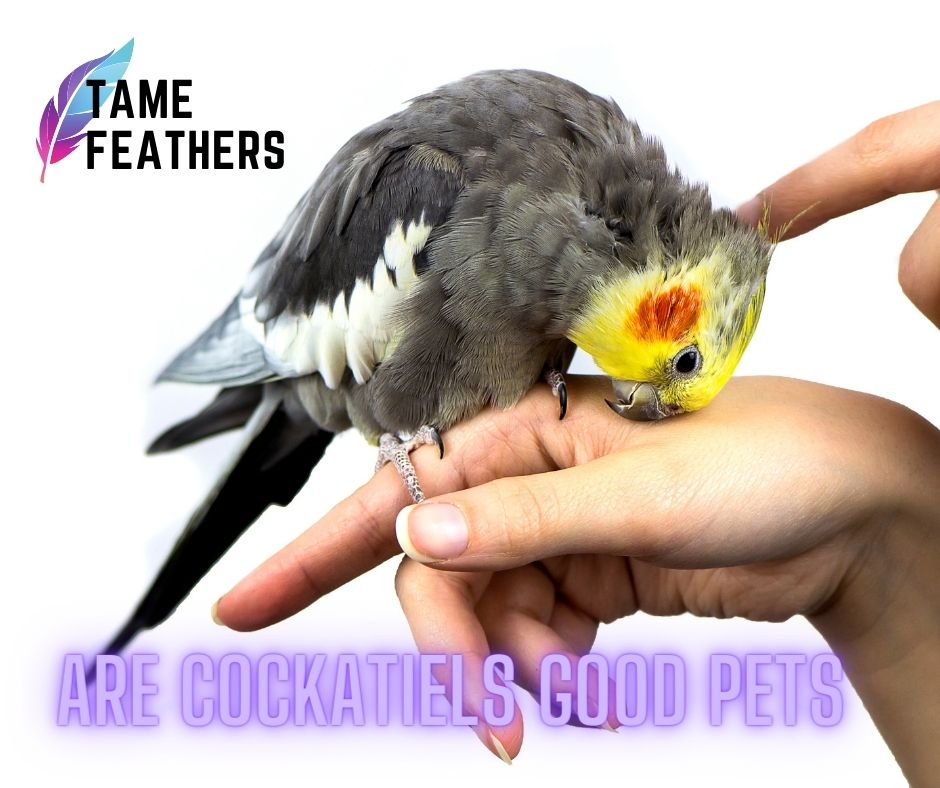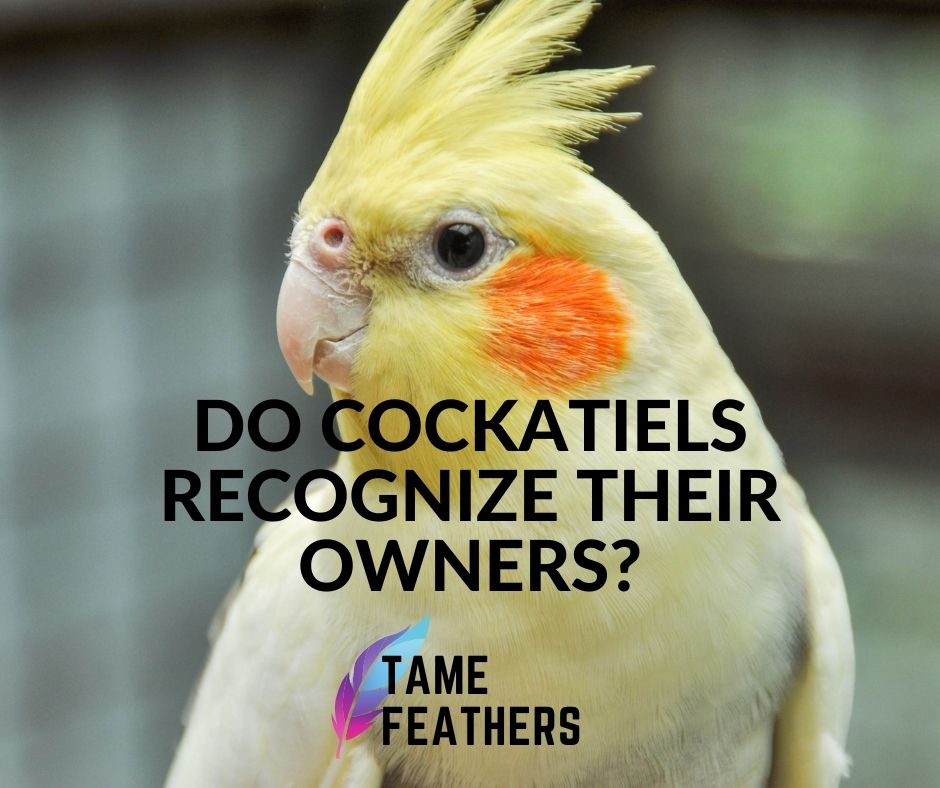Raising your own cockatiel eggs can be a fun family activity. It takes careful preparation and patience to give the eggs the best chance of hatching successfully and producing healthy young cockatiels.
With the right guidance, anyone can hatch their own flock of beautiful birds right in their home.
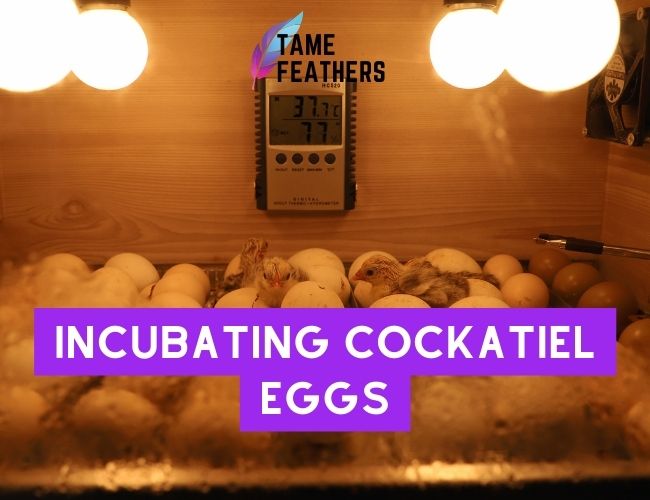
Hatching Home-Grown Fun
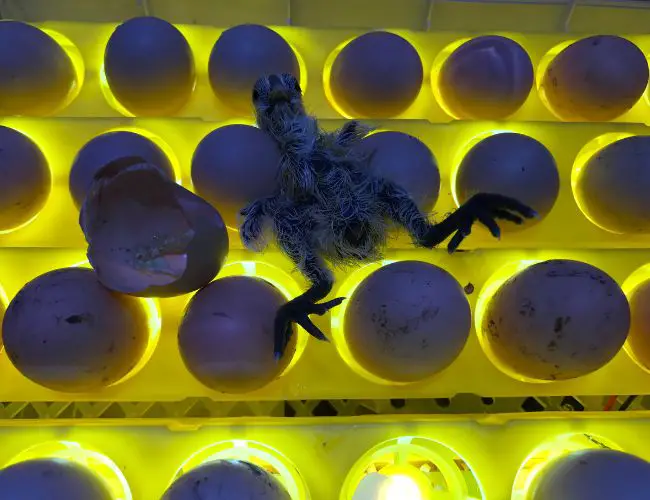
Hatching your own cockatiel eggs is a rewarding experience that can bring joy to the whole family.
Watching the eggs transform from tiny shells to healthy baby birds is a mesmerizing process to behold. When the chicks arrive, they’re full of energy and can bring a tremendous amount of life to a home.
The birds can quickly become part of the family and be a source of endless entertainment.
As with other animals, it’s important to do research before taking on a cockatiel egg-hatching project.
There are a variety of incubators and other tools available to help make the job of hatching eggs easier and more successful.
Familiarizing yourself with the basics of cockatiel egg incubation can help ensure the eggs hatch healthy young birds.
Caring for cockatiels can be a great way to teach children responsibility. As soon as the chicks hatch, they must be cared for in order to reach full adulthood.
This includes feeding the birds regularly and providing clean, comfortable housing where they can grow and learn.
In the process, young flock caretakers can learn how to nurture and show compassion for animals.
A Step-By-Step Guide to Incubating Cockatiel Eggs
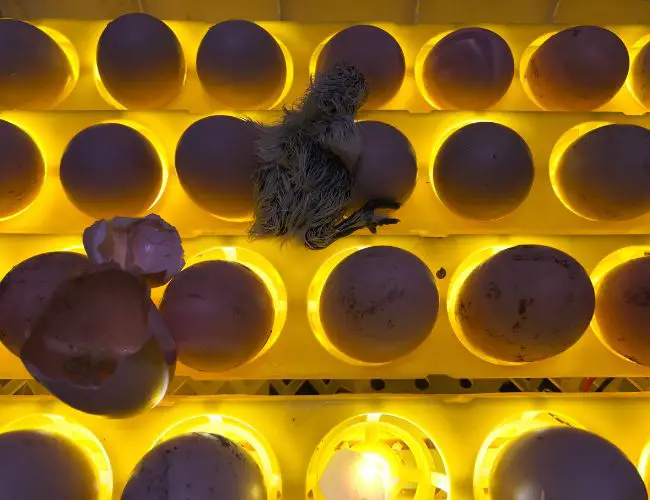
Before starting the hatching process, it’s important to make sure the eggs are viable.
This involves collecting the eggs, turning them regularly during incubation, and monitoring the temperature and humidity of the incubator.
The eggs must be kept at the correct temperature and humidity for the entire incubation period, which usually lasts around 24 days.
Once the eggs are placed in the incubator, the eggs must be turned regularly to ensure even growth. This is usually done three times a day, and can be done manually or with an automated egg-turner.
After 18 days, the eggs typically begin to pip, or crack. This is when the chicks start to break out of their shells.
During the hatching process, it’s important to avoid helping the chicks out of the eggs. This is because it can cause the chicks to become tired and weak and make it more difficult for them to survive.
The chicks should be allowed to naturally break out of their shells and hatch on their own.
Conclusion
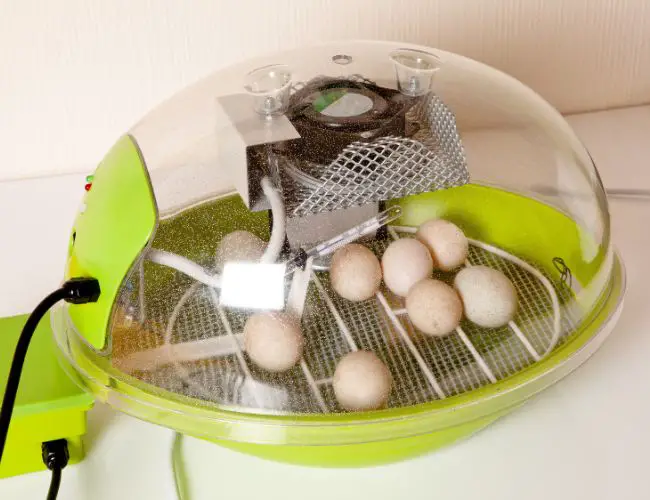
Incubating cockatiel eggs is an exciting project that can offer endless joy and entertainment to the whole family.
With the right preparation and guidance, anyone can hatch their own flock of beautiful birds right in their own home. Raising cockatiels can help children learn responsibility and compassion, and the chicks can quickly become beloved members of the family.


